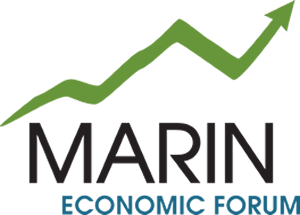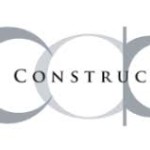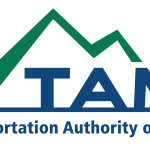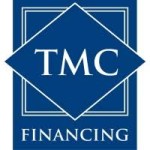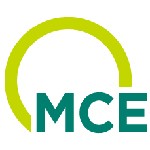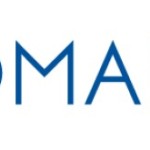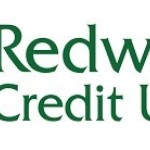Guest opinion: Marin’s Housing crisis fuels workforce shortage and inequality
San Francisco Business Times
On May 4, Marin Economic Forum (MEF) hosted a briefing on “Marin’s Housing Shortage – Costs and Potential Solutions,” where our economists presented extensive research and analysis on the impact of our chronic lack of housing supply.
Some impacts are explicit, like having some of the worst traffic in the North Bay.
Other impacts are less explicit for most of us, such as Marin’s ranking for the highest minority income disparity in the state of California.
Our analysis calculated the costs for Marin County businesses, small and large, from lost consumer spending to challenges employers face in hiring and retaining the workforce needed to run their businesses. Marin employers report a lack of housing is causing serious workforce problems with over 60 percent of workers and over 70,000 cars commuting to Marin each day.
These commuters fill important jobs we all rely on at local hospitals, schools, banks, hotels, salons, restaurants, parks, fire stations, theaters, car repair shops, and every other service and management job you can name.
Do we need more affordable and workforce housing? Yes, and yes.
Workforce housing actually is affordable housing: The costs in Marin are so high that a working couple making a combined $150,000 struggle to purchase or afford market-rate housing and do not qualify for affordable housing based on the area’s median-income level.
Our housing shortage is largely responsible for the high inequity we have between whites and under-represented groups. We all know Marin is an expensive place to live, but minority populations on average need to spend a higher percentage of income to buy a home.
Because homeownership is a key pathway to wealth building, people of color experience significant inequity in their ability to build wealth. All of us in the public and private sector should be alarmed and motivated to do something to change this dynamic.
Marin Economic Forum’s role is to understand the economy — its strengths, weaknesses and trends — and advise on which elements, economic threats in particular, deserve our greatest attention. Of concern is that the current housing shortage is untenable.
While there will be dissent, MEF believes we can and should add housing, specifically in strategic infill areas and near transit.
We recommend the benefits of a new economic development tool, an enhanced infrastructure financing district (EIFD), that is currently being touted by the California Economic Development Association. An EIFD uses a tax increment financing model to generate needed investment. It’s time to consider a wish list of Marin’s short and long-term economic development needs that could be bundled into an EIFD, such as libraries, public paths, homeless shelters, transit stations, flood control, sewage and water facilities, roads and, yes, affordable housing.
Tags: news
